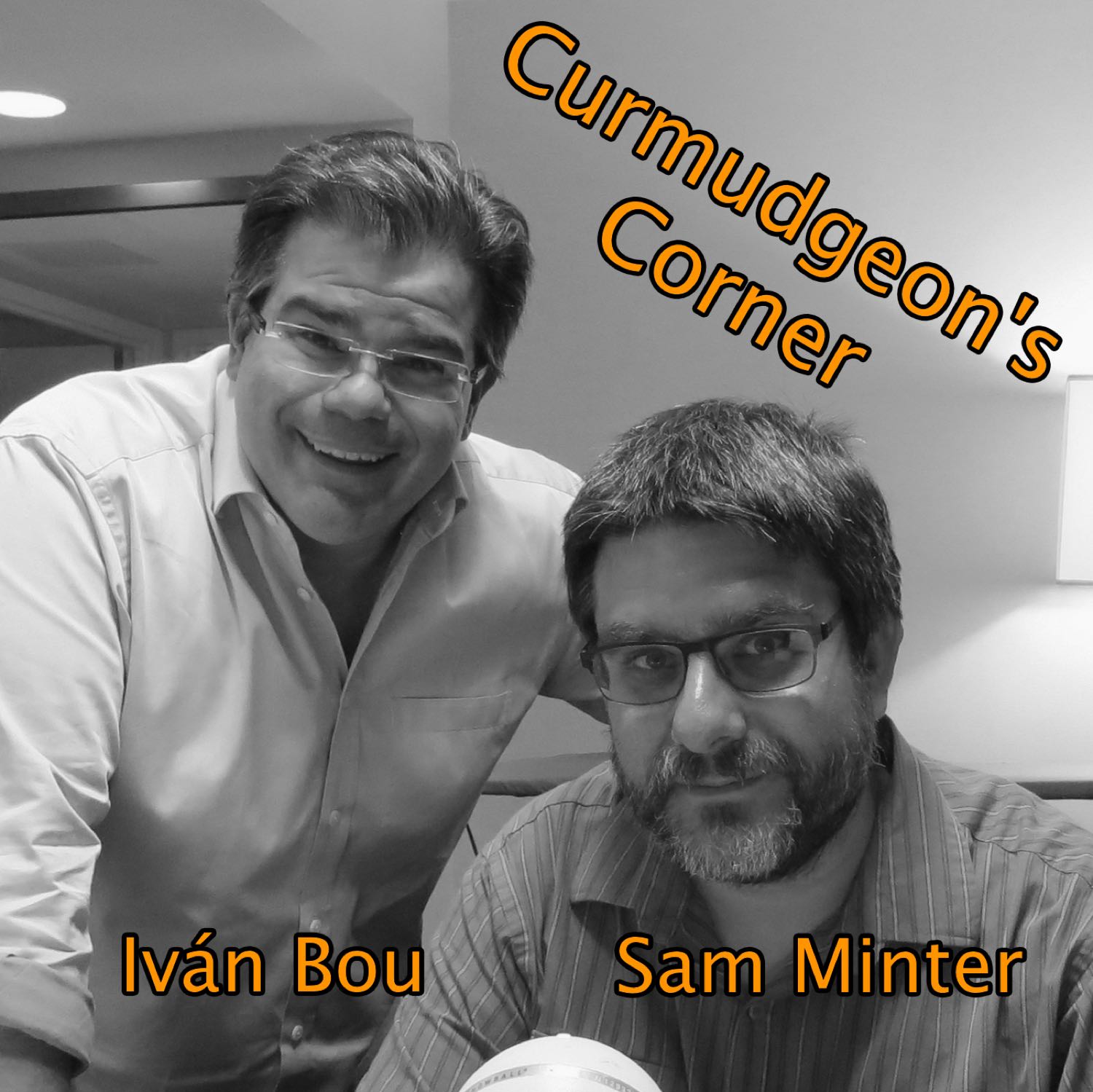Episode 2994
Trinity (nuclear test)
Wed, 2025-Jul-16 00:34 UTC
Length - 3:13
Direct Link
Welcome to featured Wiki of the Day, your daily dose of knowledge from Wikipedia's finest articles.
The featured article for Wednesday, 16 July 2025, is Trinity (nuclear test).
Trinity was the first detonation of a nuclear weapon, conducted by the United States Army at 5:29 a.m. MWT (11:29:21 GMT) on July 16, 1945, as part of the Manhattan Project. The test was of an implosion-design plutonium bomb, or "gadget", of the same design as the Fat Man bomb later detonated over Nagasaki, Japan, on August 9, 1945. Concerns about whether the complex Fat Man design would work led to a decision to conduct the first nuclear test. The code name "Trinity" was assigned by J. Robert Oppenheimer, the director of the Los Alamos Laboratory, possibly inspired by the poetry of John Donne.
The test, both planned and directed by Kenneth Bainbridge, was conducted in the Jornada del Muerto desert about 35 miles (56 km) southeast of Socorro, New Mexico, on what was the Alamogordo Bombing and Gunnery Range (renamed the White Sands Proving Ground just before the test). The only structures originally in the immediate vicinity were the McDonald Ranch House and its ancillary buildings, which scientists used as a laboratory for testing bomb components. Fears of a fizzle prompted construction of "Jumbo", a steel containment vessel that could contain the plutonium, allowing it to be recovered; but ultimately Jumbo was not used in the test. On May 7, 1945, a rehearsal was conducted, during which 108 short tons (98 t) of high explosive spiked with radioactive isotopes was detonated.
Some 425 people were present on the weekend of the Trinity test. In addition to Bainbridge and Oppenheimer, observers included Vannevar Bush, James Chadwick, James B. Conant, Thomas Farrell, Enrico Fermi, Hans Bethe, Richard Feynman, Isidor Isaac Rabi, Leslie Groves, Frank Oppenheimer, Geoffrey Taylor, Richard Tolman, Edward Teller, and John von Neumann. The Trinity bomb released the explosive energy of 25 kilotons of TNT (100 TJ) ± 2 kilotons of TNT (8.4 TJ), and a large cloud of fallout. Thousands of people lived closer to the test than would have been allowed under guidelines adopted for subsequent tests, but no one living near the test was evacuated before or afterward.
The test site was declared a National Historic Landmark district in 1965 and listed on the National Register of Historic Places the following year.
This recording reflects the Wikipedia text as of 00:34 UTC on Wednesday, 16 July 2025.
For the full current version of the article, see Trinity (nuclear test) on Wikipedia.
This podcast uses content from Wikipedia under the Creative Commons Attribution-ShareAlike License.
Visit our archives at wikioftheday.com and subscribe to stay updated on new episodes.
Follow us on Mastodon at @wikioftheday@masto.ai.
Also check out Curmudgeon's Corner, a current events podcast.
Until next time, I'm generative Ruth.
|
|


